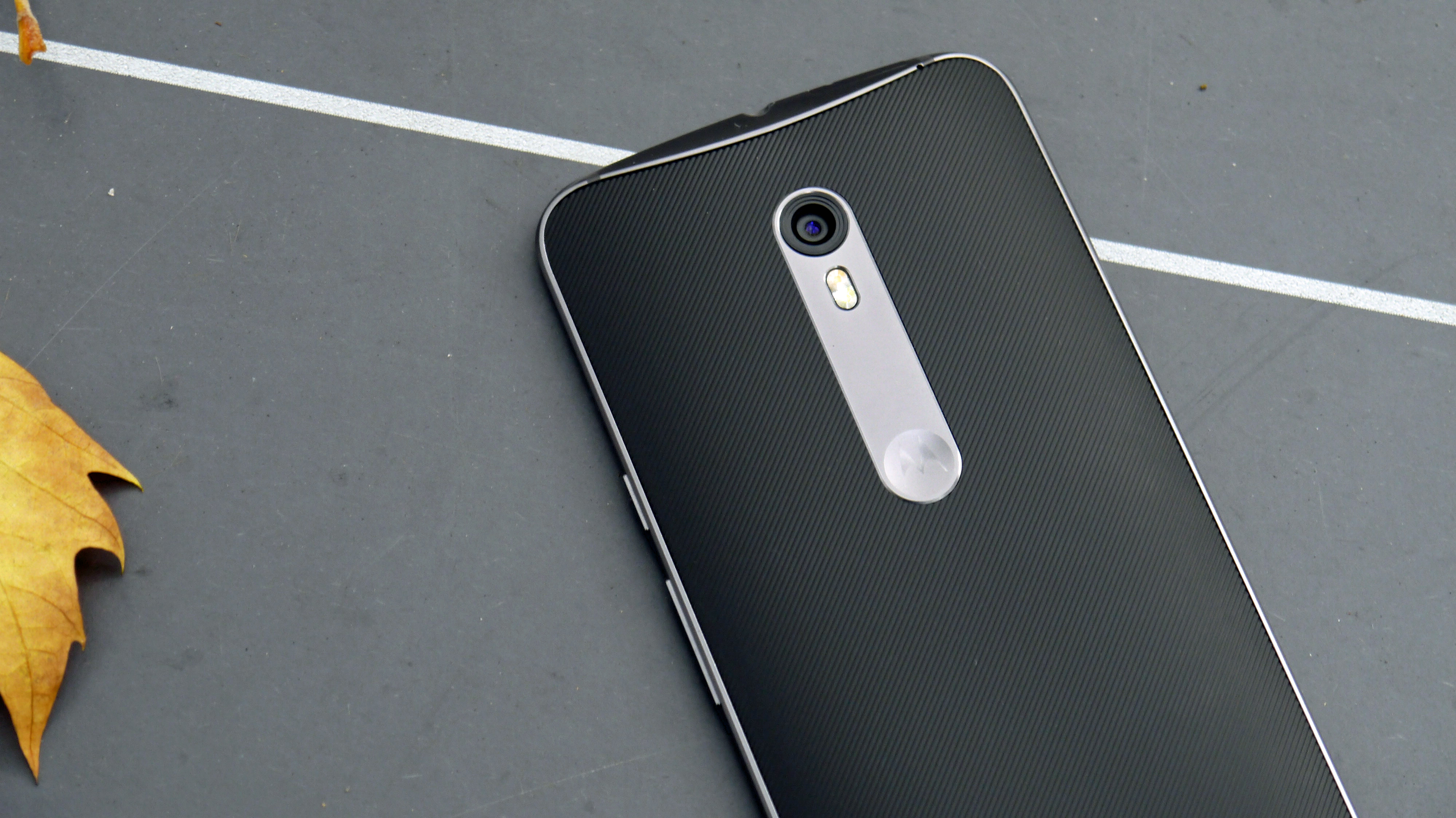Motorola clarifies Moto fingerprint sensor confusion
Giving phones the finger

Update: Motorola has now told techradar that the comments from Lenovo's SVP Chen Zudong only related to the Chinese market and don't extend to all Motorola products. The statement said Motorola will "share more information about 2016 products at a later time."
Motorola has also confirmed the Moto G and Moto E aren't dead after all - in fact, we may see updates to both phone ranges later in 2016.
Original: Motorola launched a strong range of handsets in 2015, but one thing they all lacked was fingerprint scanners.
That's all going to change this year though, as in an interview with Tech Sina, Lenovo's SVP Chen Xudong revealed that every Moto-branded phone in 2016 will have a fingerprint scanner.
That's quite a turnaround from early 2015, when the company claimed that fingerprint scanning wasn't yet ready for prime time. So presumably it's confident that the tech is now up to scratch.
Big blowers
Xudong also revealed that all Moto-branded phones in 2016 will have screens of at least 5 inches, which isn't terribly surprising given that even the budget Moto G has a 5-inch display.
However, there may not be a new Moto E, as the company will be reserving the Moto name for higher-end devices and using the Lenovo Vibe brand for lower-end ones.
Get daily insight, inspiration and deals in your inbox
Sign up for breaking news, reviews, opinion, top tech deals, and more.
In all there are set to be no more than 15 phones released by the company this year, split between the two brand names. That still sounds like quite a healthy number and we'd always go for quality over quantity.
More troublingly the UI on this year's Moto range will apparently be changing, with the company planning to merge the Vibe UI with the almost stock Android one found on recent Motorola handsets. What exactly that will mean remains to be seen, but moving further away from pure Android is unlikely to be a positive thing. Still, at least we get fingerprint scanners.
James is a freelance phones, tablets and wearables writer and sub-editor at TechRadar. He has a love for everything ‘smart’, from watches to lights, and can often be found arguing with AI assistants or drowning in the latest apps. James also contributes to 3G.co.uk, 4G.co.uk and 5G.co.uk and has written for T3, Digital Camera World, Clarity Media and others, with work on the web, in print and on TV.